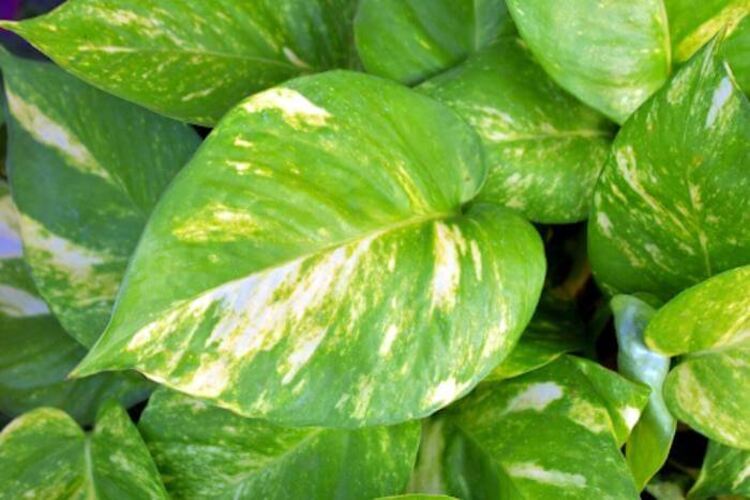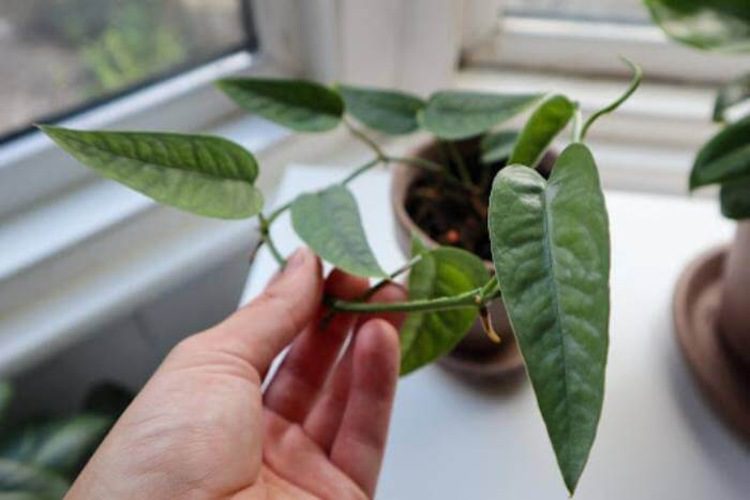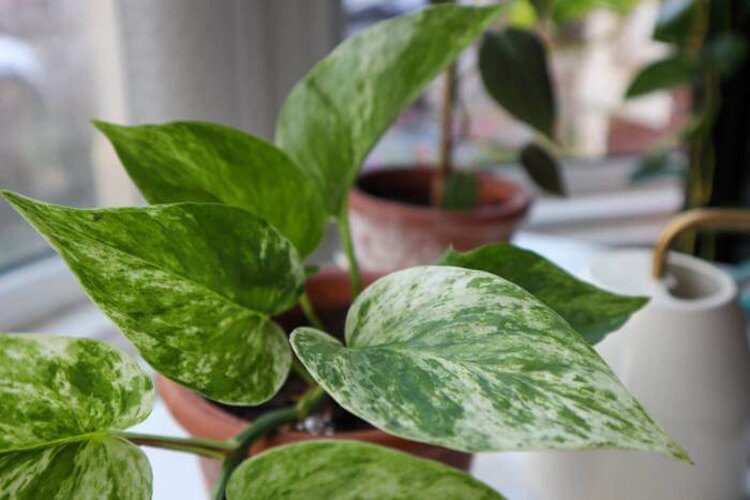Bottom Watering Pothos: Practice Steps To Avoid Damage
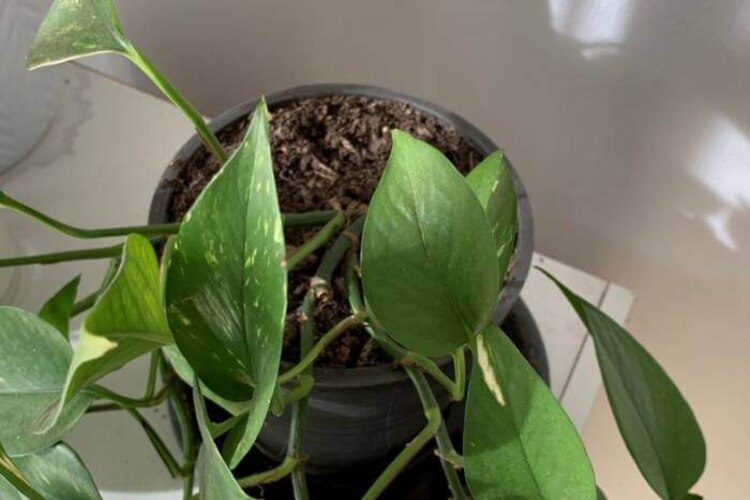
With so much at stake, even caring plant parents can be overwhelmed by the challenge of finding a watering system that works. But fret no more! Bottom watering pothos is an easy and stress-free way to successfully keep your beloved houseplants alive and thriving—without fear of over- or under-drenching them! By utilising this simple watering method, you’ll unlock limitless potential for healthy growth in all different types of greenery, giving every aspiring gardener something to look forward to.
Is Bottom Watering Better Than Top Watering?
Watering your houseplants from the bottom is a great way to give them all of the hydration they need without making a mess. There are many benefits to this method.
Consistent watering
By bottom-watering plants, you can be sure they get a steady and even supply of moisture. Top-watering often leaves patches dry while the rest is oversaturated, but with the upside-down watering method, water seeps slowly into the soil below, giving each plant its due share.
Prevents splashing
For many plants, splashing water on their leaves can cause a range of problems, from sensitivity to unsightly spots. To avoid this issue altogether when hand-watering your plant babies, try watering them from the bottom or find an effective alternative like drip irrigation. This is especially important if you want to make Pothos climb, as the leaves will be more susceptible to damage.
Reduce over- and under-watering
Pothos need to be watered with precision in order for them to thrive. Instead of the traditional top-down approach of watering the plants, bottom-watering the plants offers a sure-fire solution: it drenches roots completely and allows your plants to dry out before you water your pothos again, avoiding both too much and not enough hydration!
It’s easy: Watering your plants can be easy and stress-free! No special tools or know-how is needed – a simple bottom water method is all it takes to keep them hydrated.

How To Bottom Water Pothos The Right Way?
Give your plants the loving care they deserve! Try bottom watering plants for simple, effective hydration of all kinds of indoor plants. With this helpful guide, you can keep your potted herbs and seedlings growing strong in no time at all.
Bottom watering pothos: step by step
Step 1: Checking in on your plants doesn’t have to be a chore! Instead of sticking to some regimented routine, you can monitor the soil moisture levels with just a few simple checks. The amount of water will depend on what kind of plant you’ve got, how wet (or dry) its environment is, and even considering seasonality!
It’s easy: simply touch or insert an inch of your finger into the potting mix twice per week and see, if it’s dry, it is time for water then.
Step 2: To give your potted plants their fill of water, pour water into the bottom of any sizable container—a sink or bathtub works equally well. The amount required depends on pot size; for smaller pots (6–8 inches in diameter), 1–2 inches is sufficient, and for larger ones (10–14 inches in diameter), add 3 inches instead.
Step 3: Give your plants the perfect aquatic home by placing their pots or planters in a container, sink, or bathtub. However, be careful if you’re using plastic containers; they may need some extra help standing upright in the water. A simple solution is to use less liquid and give them an added boost of stability with a bit of top-down watering from a can.
Step 4: Give your plants a refreshing, spa-like break. Set your timer and submerge the pots in water, allowing them to soak for 10–20 minutes. As soon as you notice that even the top layer of potting soil is moist, it’s time to take them out!
Depending on pot size and type of mix used, absorption rates may vary: Don’t forget to check back after ten short minutes; if all have been sucked up by plants (literally!), give them a bit more love with some extra water.
Step 5: After providing your pothos plant with the nourishment of water, it’s essential that you ensure any excess moisture is completely removed. For those working in a sink or bathtub, simply pull out the plug to let go of uncontained fluid. But if using containers such as trays and storage pieces like tubs, take an extra step by transferring each pot into another makeshift area for around 10–15 minutes so they can soak up all remaining dampness.
Bottom watering pothos: Safety tips for success
Follow these tips for safe bottom-watering success:
Fill the bottom tray with a small amount of water
To achieve the perfect amount of hydration for your pothos, just fill its tray with a light splash – never too much. When taking advantage of a self-watering pot, err on the side of caution and make sure not to overfill. To check if your plant needs a drink, stick your finger down to the second knuckle—if it’s dry, give it some bottom water!
Don’t let your pothos sit in water too long
To keep your pothos healthy and hydrated, give it a good soak—but not for too long! Let the roots absorb all of the water they need in four hours or less; any longer may cause damage. When you’re done, don’t forget to tip out whatever’s left over. Give your pothos plant a double dose of love with two-step waterings. Water the top and bottom of the soil, then pour out any excess in the pot tray after 4 hours. Water has been completely absorbed into its soil after 30 minutes.
Water from the top as well
Alternating between top and bottom watering helps to promote healthy pothos growth, ensuring that their roots stretch deep into the moist soil for greater nutrients. By doing so, you’ll also keep your plant properly hydrated from both ends.
Bottom watering pothos: Problems
Bottom watering pothos can cause a myriad of problems if done incorrectly. The most common among these issues are root rot, soggy soil, and mold.
Root rot
Even the hardiest houseplants like pothos can suffer when overwatered, as their roots become deprived of oxygen and are unable to absorb essential nutrients. Bottom watering is particularly hazardous for these plants if left too long in standing water, leading to rot on the ends, which all but guarantees a quick demise. Creating a potted plant with some drainage holes is an effortless way of keeping things looking healthy and hydrated.
Soggy soil and mold
Bottom-watering plants can be dangerous if done incorrectly. Too much water from the bottom of a pot can cause mold growth and lead to anaerobic soil conditions, which are deadly for your beloved plants.
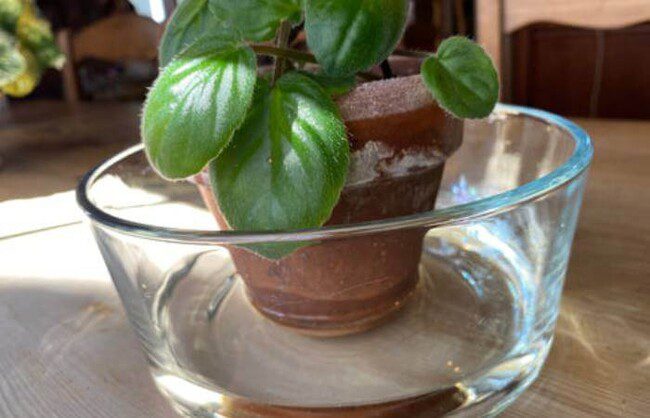
Conclusion
With bottom watering, pothos will be gently and gradually hydrated – allowing time for any excess water to run off rather than overflow. The roots are provided with moisture as the luscious leaves of your precious plant continue to grow strong! To maintain its health, keep in mind not to leave the plant sitting in a pool of water for too long.
FAQs



